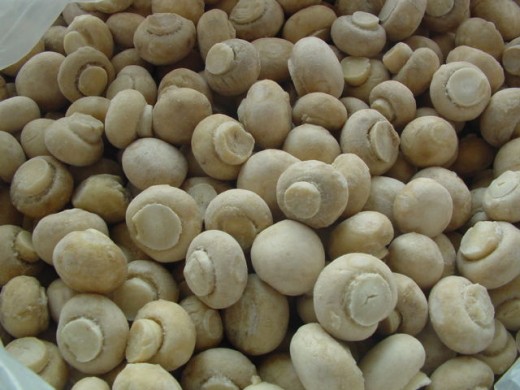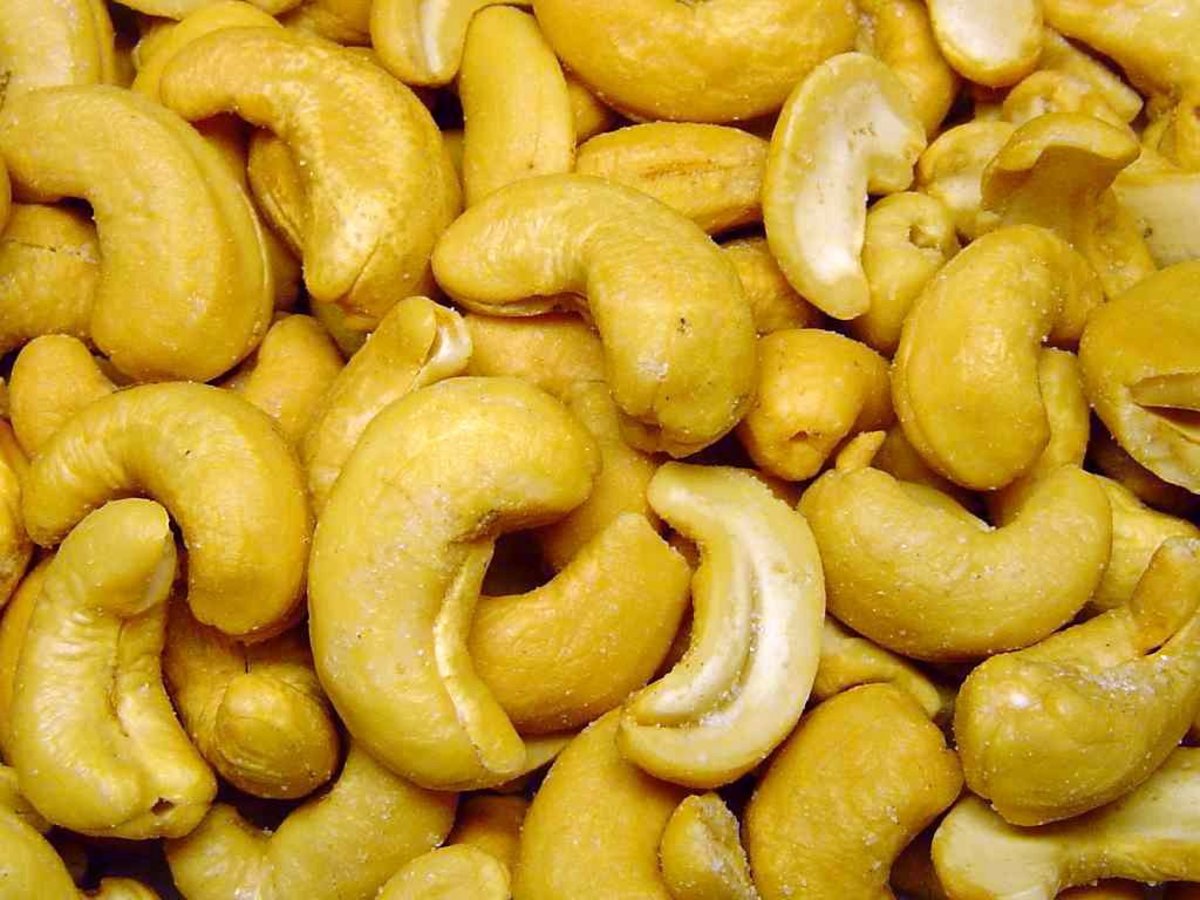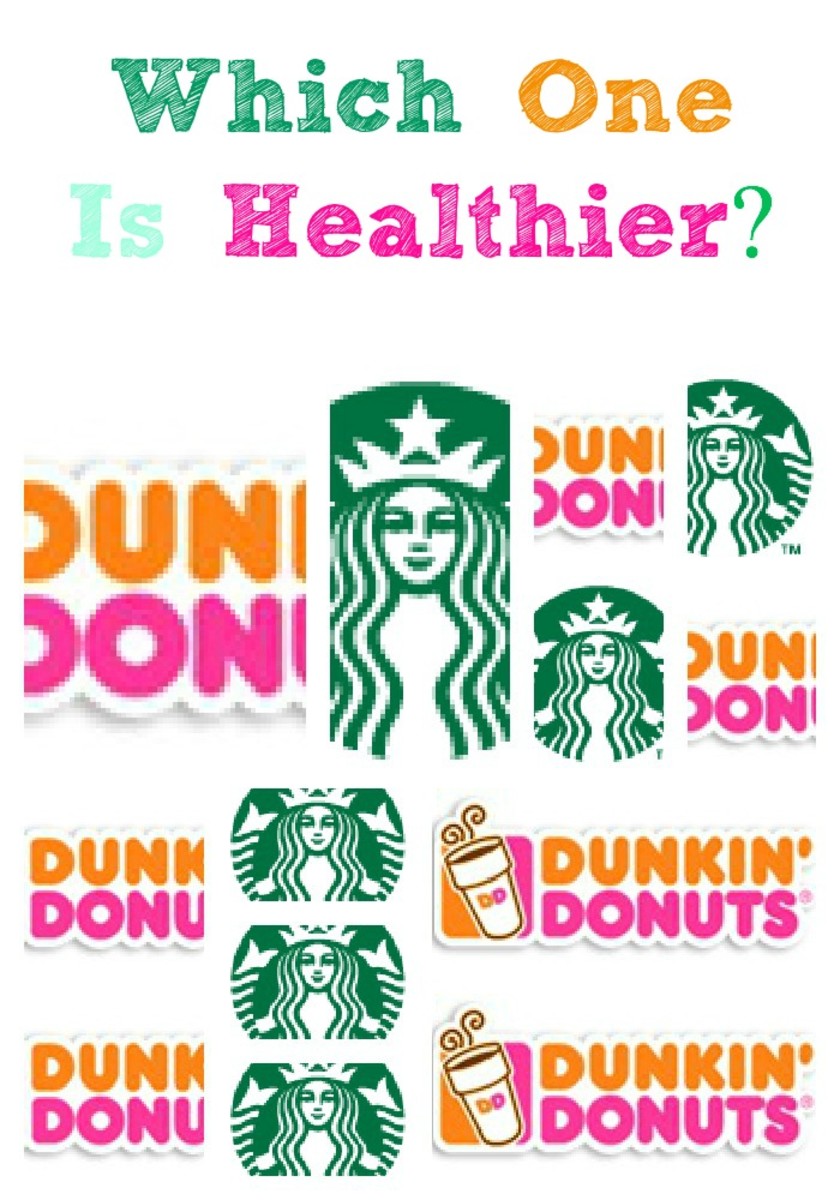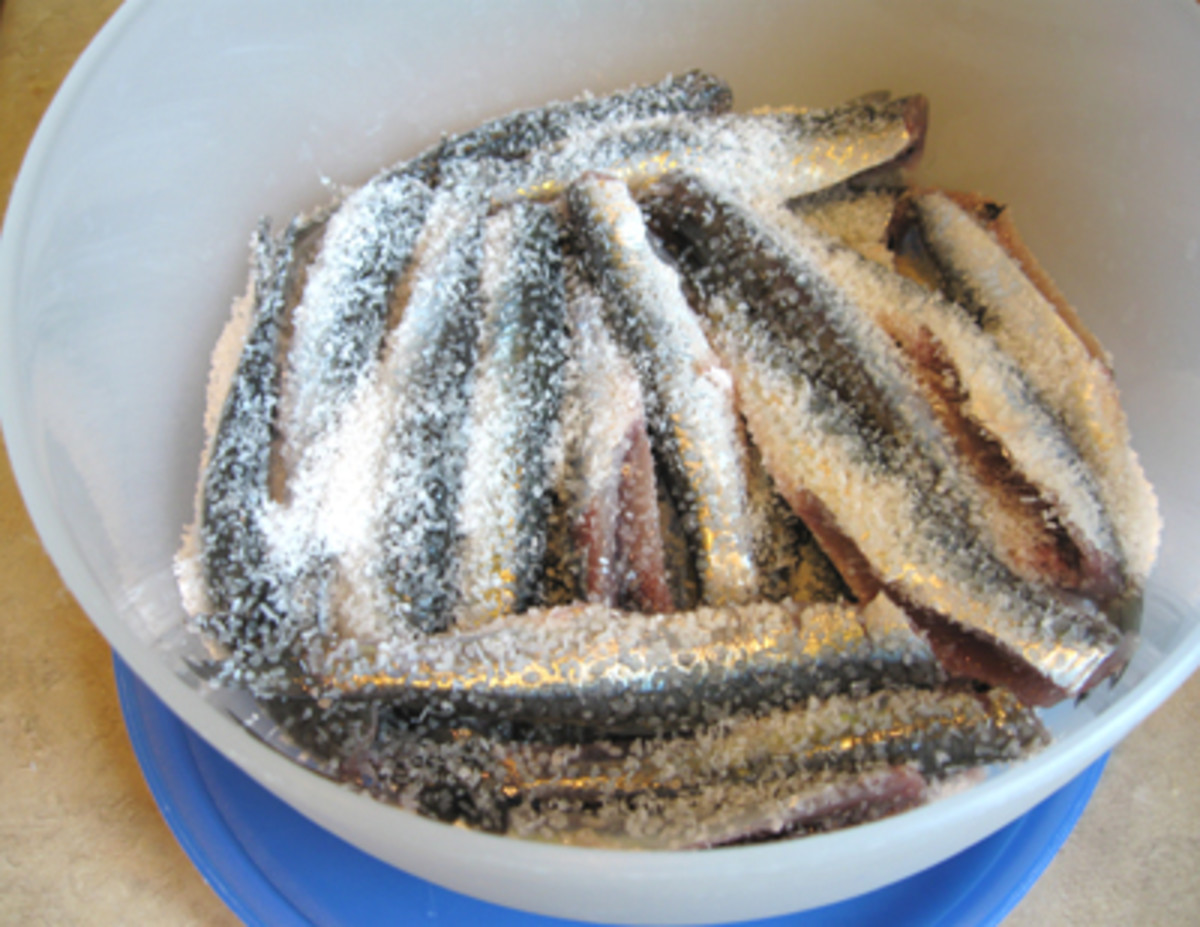Nutritional Value Of Mushrooms

Nutritional Value Of Mushrooms
The human organism needs food. Foods contain in various proportions those alimentary principle that the organism utilizes to grow, to renew itself. to operate. The various principles have different functions: plastic, energetic, plastic-energetic, excipient, stimulant.
Plastic Principle
The living organism grows and, either while growing or after reaching its full development, needs to renew itself continuously. The plastic material necessary fro growth, development, and renewal is furnished by a group of organic substances known as proteins and by some minerals.
One hundred grams of fresh mushrooms provide, on the average, five grams of proteins assimilable by our body; more than our daily requirement of phosphorus and potassium; zinc, about our daily requirement; iron. about one third of our daily requirement; plus other necessary minerals, but in smaller quantities.
Energetic Principle
A living organism also needs substances that can provide it with the energy necessary to maintain its vital activities. These substances are used in the organism through a process of biochemical oxidation. Body heat is one of the results of these biochemical processed. The most important energetic aliments are the carbohydrates or sugars.
Bread is the king among the energetic aliments. Meat generally contains only traces of carbohydrates; one hundred grams of fresh mushrooms contain about ten grams of carbohydrates, more than that contained in the same quantity of milk, sting beans, or sugar beets.
Plastic And Energetic Principles
This group is represented by the substances known as fats or lipids. The adipose tissue of a healthy organism has protective, insulating, and lubricating functions. The organism, in emergencies, can use up the fat as a source of energy; the energy released by the oxidation of the lipids is higher than that produced by an equal quantity of carbohydrates. Lipids are important components of cell membrane systems. Therefore one can attribute to them both a plastic and an energetic function. Lipids do not abound in mushrooms: one hundred grams of fresh mushrooms contain slightly less than one gram of lipids, just about as much as in fat-free broth or in white bread, more than in sweet bread or in fresh codfish, and much more than in potatoes.
Excipients Principle
They are represented by water and cellulose, a carbohydrate indigestible by our digestive apparatus, but, at the same time quite necessary. corpora non agunt nisi soluta: substances cannot act unless solubilizes. Water is the medium necessary for all vital activities, present in every cell, circulating throughout all the systems. The higher the amount of water of an organism, the younger and stronger an organism is. With the exception of sugar and lard all aliments contain water.
To be digested and asimilated by organism, the alimentary principles mush not only be dissolved in water but also dispersed in some inert excipient substance, which can be softened. Ordinarily this excipient function is provided by the cellulose. Without cellulose there are scarce gastric secretions, weak intestinal peristaltic movements, constipation, pathological putrefactions, absorption of toxic substances and as a consequence, a long list of illnesses. On the average, one hundred grams of fresh mushrooms contain eighty-five grams of water and a few grams of cellulose. Some of the water is lost during cooking.
Seasoning
Many aliments, to be tolerated by the organism, have to be taken with some seasoning which, by lending them aroma and taste, stimulates the activity of the digestive apparatus. The various condiments do not constitute a definite group of alimentary principle, but belong to one or another of the groups mentioned above: oil is a lipid, sugar is a carbohydrate, salt is a mineral.
Most of the edible mushrooms have a good aroma and good flavor, and can impart these qualities to other foods, making them more appetizing and therefore more easily digestible. Just think of the flavor imparted to a dish of spaghetti or risotto by a few slices of dried Boletus edulis mushrooms.
Vitamins
The ingestion of foods containing all the alimentary principles indicated above, and well seasoned, is not yet sufficient for good digestion and is of no use for our organism if there is a deficiency of those substances know as vitamins.
Vitamins have no plastic or energetic function, nor are they used as seasoning; the function of vitamins is that of catalyzers of biochemical processes; without vitamins, the food is not food, but poison. The main source of vitamins is provided by fresh fruits and vegetables, but even aliments of animal origin contain vitamins, derived from the plants eaten by the animals. Cantharellus cibarius mushrooms and Amanita caesarea mushrooms contain large quantities of vitamin A, which is absent in Boletus Edulis mushrooms. Fresh mushrooms generally contain high leels of vitamin PP and other vitamins of the B group, including choline, a vitamin with a protective action on the liver, in cases of mushrooms poisoning. Mushrooms, like meat, are deficient in vitamin C; however one hundred grams of FItulina hepatica mushrooms can contain up to 150 milligrams of vitamin C, about five fold over daily requirement. Vitamin D2 is also abundant in fresh mushrooms, only slightly less than in butter and egg yolk: 100 grams of fresh mushrooms contain from 100 to 500 I.U., a level higher than our daily requirement. Although precise data are not available, it believed that vitamin K is also abundant in fresh mushrooms. Fresh mushrooms also contain various organic organic acids that can stimulate respiration.

Conclusion
As a conclusion it can be said that mushrooms should not be considered just as a condiment to give more flavor to our food, but also as a proper food, more similar to eggs and meat than to vegetables. The abundance of alimentary principles, and their digestibility, depends on the state of ripeness of the mushrooms: they are at their best slightly before reaching full ripeness.






